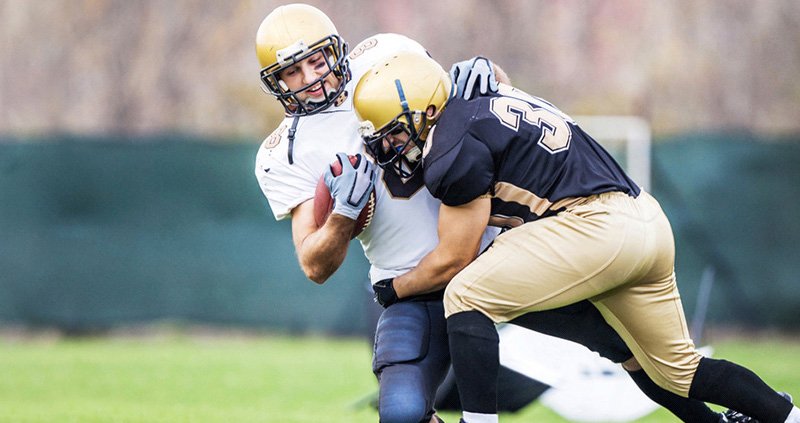A common shoulder injury could heal faster, thanks to this first-of-a-kind tissue implant
A shoulder injury such as a badly torn rotator cuff threatens to pause or end the career of any athlete in sports ranging from football, basketball and baseball to golf and tennis. Athletes sidelined with such an injury could benefit from a new tissue implant on the market invented at Purdue University.







